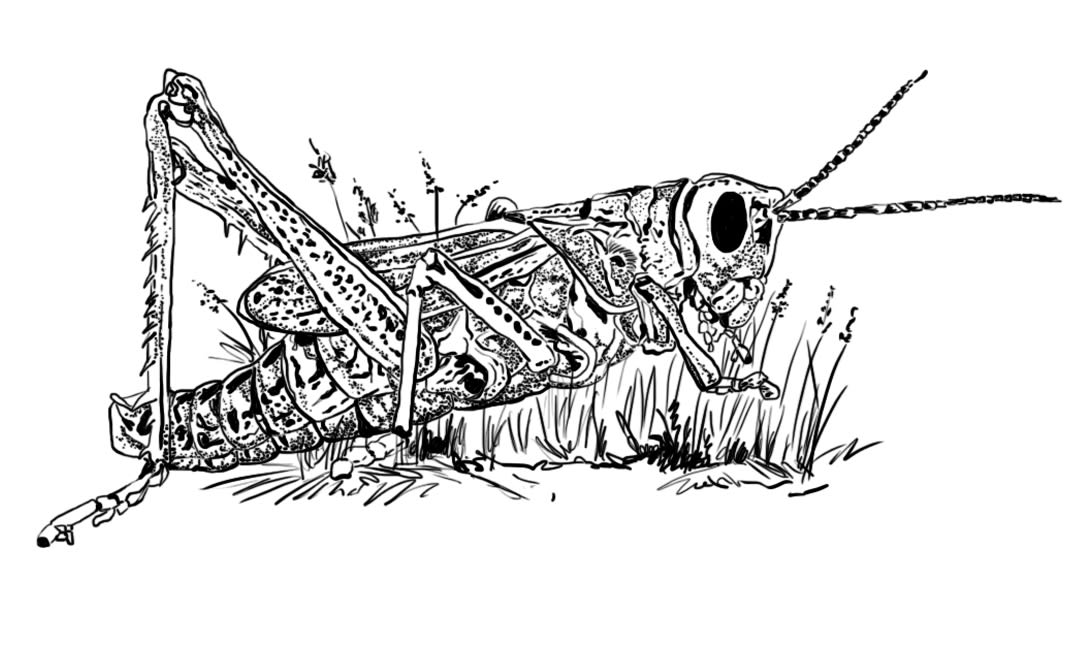Rejected for the following reason(s):

Curiosity has a peculiar silence. Like a llama crossing its rear legs, it rests with dignity, undisturbed by its environment. Curiosity is pervasive and profound. Elusive, furtive, mute, and wary, Curiosity has a unique persona, like the deer, who possesses an insatiable thirst for exploration and discovery. Moving gracefully through the underbrush, it embodies a sense of wonder, always observing and absorbing its surroundings while remaining ever vigilant against potential dangers, always in the quest of discovering what lies beyond the obvious.
The universe of curiosity constantly reinterprets the world through the lens of the mind, allowing everyone to transform, adapt, and evolve into something or someone different. The desire to challenge the status quo often expresses curiosity as a motivation for rebellion, denial, and creation. It drives individuals to question established norms and seek new truths, leading to innovative ideas and transformative movements. Examine the impact of such curiosity on society, as it fosters a culture of exploration and critical thinking. This relentless pursuit of understanding empowers individuals and paves the way for collective progress, challenging personal limitations and societal constraints. This is all within the broader context of evolution and transformation.
We foster curiosity by providing them with diverse resources, asking open-ended questions, and creating an environment that values exploration. When adults model curiosity, they inspire children to seek new experiences and knowledge, nurturing a lifelong love of learning, developing their skills, and refining their inquiries. Motivating children to pursue their interests and encouraging them to investigate their curiosity is beneficial. Additionally, they must assist children in developing a more organized and inquisitive approach to exploration and inquiry. This demonstrates a shift in our perception of the traditional role of a teacher, as it transitions from one who merely responds to inquiries to one who motivates them. However, it is essential to note that adults have obligations beyond this. Adults can significantly help children in the development and refinement of their inquiries. Together, we can pique curiosity and ignite new ideas, facilitating a collaborative environment that encourages questions and celebrates exploration. By actively engaging with children in their quest for knowledge, adults support their learning and model a lifelong passion for discovery.
Nevertheless, this remains a theoretical concept until we identify a practical implementation method. While exploring theoretical concepts provides a foundational understanding of complex ideas, the journey toward effective practical implementation is crucial for transformative progress. Bridging the gap between theory and practice, therefore, requires not only robust methodologies but also an adaptive framework that can accommodate real-world challenges. Emphasizing practical solutions allows us to transcend intellectual discourse, ensuring that theories are tested, refined, and integrated into tangible applications. Focusing on actionable strategies can transform abstract concepts into meaningful practices that resonate within various fields, driving innovation and fostering a deeper connection between theoretical knowledge and everyday realities.
In every design, research, or business field, our brains must remain open to continuous evolution, learning, and interpretation of each encounter. The complex relationship between brain receptivity, design, research, and business shows how vital our cognitive processes are to keep changing and learning. As we navigate through various encounters, our brains not only absorb information but also reinterpret it through the lens of our unique life experiences. This dynamic inspires innovation and adaptability, essential traits in today’s rapidly changing landscape. Individuals and organizations can fully utilize their cognitive abilities by adopting a mindset that values ongoing learning and reflection. This will ultimately lead to progress and creativity in their fields. The journey of understanding and interpreting our experiences paves the way for transformative ideas that propel us forward in personal growth and professional success.
Did we leave the deer analogy too far behind in this, or do we also hear a cricket in the corn start-up—invisible, unknowable, unreachable?
